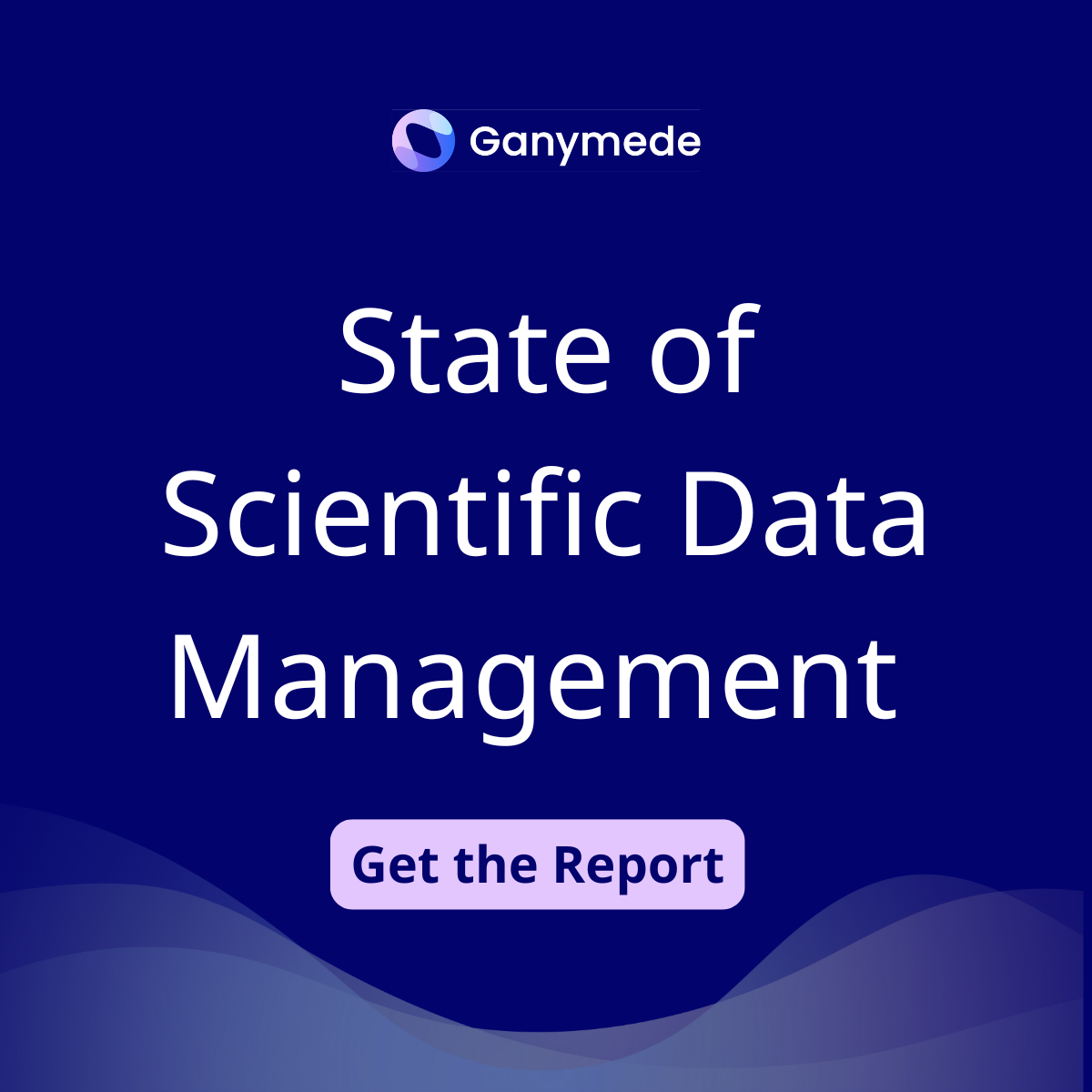Ac-cell-erate from concept to cure with high-quality data
Become immune to data inefficiency
From vaccines to antibodies to immunotherapies to peptides, biologics comprise a large and important category of therapeutics. For decades, these medicines have brought hope and restored health to patients. Because biologics come from cells, labs creating these medicines have complex requirements for instruments, software, and workflows. Complex biology creates complexity in data, too.
To address these challenges, biologic companies often have multiple systems in place, leading to a patchwork of systems—and gaps in between. As a result, data can get lost and scientists can spend hours tracking down information, often duplicating efforts and losing time that could have been spent on valuable scientific experiments or analysis.
In combination, these factors mean biologics companies need a powerful data infrastructure solution that brings all the lab’s data into one place, fueling new discoveries, making scientists’ jobs easier, and ensuring quality and speed from R&D through manufacturing.
Turn living organisms into factories
Biologics have to go through a similarly inefficient process for drug discovery as small molecules. The catch? Generating them involves manipulating live cells, using these to grow the right therapeutic in bulk, and then figuring out how to purify it. Suffice to say there’s a lot of data to keep track of.
Compiling data from across instruments, workflows, and teams
Within a given stage like cell line development, multiple analytical instruments are used across multiple workflows to assess a given set of components of the end product, like quality. There are multiple stages and teams associated too. Accelerating this overall process while maintaining quality involves substantial data management and sharing.
Maintain a mosaic of scientific software
Because biologics rely on biochemical characterization and cellular synthesis, the labs responsible for creating them often rely on a combination of established solutions like chromatography data systems, new software such as AlphaFold, automation systems for scale, and a wide variety of analytical software.
Smooth transition from R&D to biomanufacturing
It’s one thing to design cells into factories in the lab. It’s another to grow them at industrial scale within factories. Rigorous analysis, data and knowledge sharing, and robust QC all contribute to the steady escalation of production from one cell to one billion.
Your lab on Ganymede - Bioreactors
Biologics companies are behind some of the world’s most successful medicines today. They bring together massive scale for R&D and manufacturing with the complex intricacy of cell cultures. With so many instruments creating data and metadata, so many steps required to create that final pure end product, and multiple teams touching the data at each step, biologics companies all too often operate inefficiently and in a state of chaotic data.
Before Ganymede
When it comes to biologics development and production, HPLCs play a critical role in monitoring the quality of the therapeutic across various stages of development and production.
However, harnessing the power of HPLC also brings forth a unique set of data problems. Scientists face a constant battle wrangling with HPLC data to ensure accuracy and consistency. These challenges include:
With Ganymede
Ganymede’s infrastructure layer ingests data around the clock in the background to ensure continuity; accelerate research and validation; enable speedy scale-up; and bring both cost and time savings to biologics companies.
When it comes to HPLC, Ganymede empowers you to:






